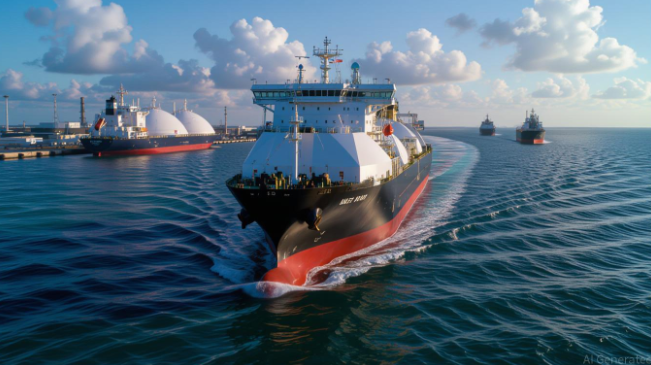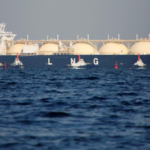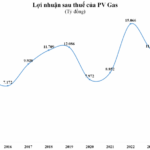
Illustrative image
Egypt is gearing up to boost its imports of liquefied natural gas (LNG) through 2028 to compensate for declining domestic production and meet rising electricity demands. This move could further strain the already tight global LNG market and leave the North African country facing record-high import costs.
According to sources close to the matter, Egypt is negotiating long-term LNG purchase contracts, including a potential 10-year deal with Qatar. The country has also signed agreements with Saudi Aramco, Trafigura, and Vitol to import up to 290 LNG cargoes from July 2025 to 2028.
This marks a significant reversal from 2019–2022 when Egypt was a net LNG exporter thanks to substantial output from the Zohr gas field operated by Eni, the Italian energy company. In 2022, Egypt peaked in LNG exports, reaching nearly 9 billion cubic meters and earning over $8.4 billion amid soaring gas prices due to the Russia-Ukraine conflict, becoming a lifeline for Europe.
However, starting in 2023, domestic gas production witnessed a sharp decline, particularly at the Zohr field, causing Egypt to revert to being a net LNG importer for the first time since 2016. Total gas output has recently dropped below 4 billion cubic feet per day, insufficient to meet the country’s surging electricity needs, driven by harsh weather conditions and a growing population.
The Egyptian government has had to make a difficult choice between ensuring electricity supply for its citizens and maintaining LNG exports. Ultimately, the decision was made to prioritize domestic supply and halt exports.
In parallel, financial pressures are mounting. Egypt’s import costs for oil and LNG are projected to reach approximately $20 billion in 2025, a significant increase from the previous year’s $12.5 billion. This poses a challenge as the country works to restructure its economy following a $57 billion international aid package.
In addition to LNG, Egypt relies on cheaper gas imports from Israel via a pipeline. However, geopolitical risks are escalating. Last month, tensions between Israel and Iran led to a temporary shutdown of the Leviathan field, disrupting supply and forcing Cairo to cut gas to some industries.
Experts suggest that Egypt’s return to the market as a significant LNG buyer will contribute to tightening global supplies, especially as Europe continues to seek alternatives to Russian gas. If Egypt continues to attract large volumes of LNG in the coming years, it could absorb a significant portion of output from new projects, supporting high gas prices.
“HDBank and PV Power Sign VND2,000 Billion Credit Limit Agreement to Drive Sustainable Energy Transition”
“Forging ahead in the realm of green finance and sustainable development, HDBank (Ho Chi Minh City Development Joint Stock Commercial Bank) has secured a significant credit agreement with PV Power, a foremost electricity producer under the umbrella of Vietnam’s National Energy Industry Group (Petrovietnam). The agreement entails a credit limit of VND 2,000 billion, marking a substantial step in HDBank’s journey toward a greener future.”
This revised version maintains the key information while infusing a more engaging and polished tone, which could potentially enhance the overall appeal of your web content.
The $2.6 Billion LNG Power Project in Thai Binh Requires 1.2 Million Tons of LNG Annually: Investors Eye Imports from Australia, Russia, the US, and Qatar
With a capacity of 1,500 MW, the Thai Binh LNG power plant, utilizing Combined Cycle Gas Turbine (CCGT) technology, is expected to generate an impressive 9 billion kWh of electricity annually. Operating for approximately 6,000 hours each year, this power plant is a significant addition to the energy landscape in Vietnam.
“PV Gas Plans a ‘Reverse’ Business Strategy, Proposing an Additional 70 Million Bonus Shares”
In 2025, PV Gas targets a consolidated revenue of VND 74,000 billion and an expected after-tax profit of VND 5,300 billion, respectively a 29% and 50% decrease compared to 2024. This plan is formulated based on an oil price scenario of USD 70 per barrel.





















